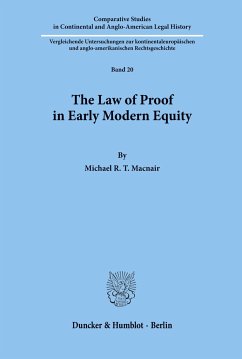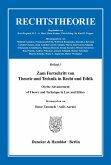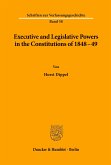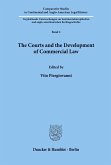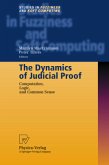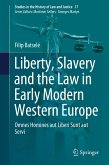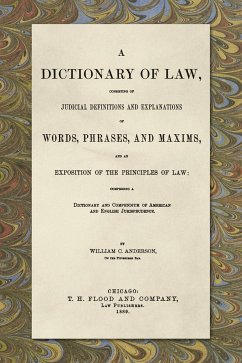This volume is a systematic study of the rules of proof in English Courts of Equity between the later sixteenth and the early eighteenth century. In this period the proof practices of the Courts of Equity were controversial, as contemporary lawyers saw them as linked to the Civil Law, and some perceived a threat to the Common Law tradition. The reality of this linkage and threat has continued to be controversial among historians. In addition, this period saw the early stages of the development of the Common Law of Evidence, which in modern law is a striking divergence from Civil Law systems. The origins of the law of evidence have traditionally been linked to the need for judges to control the jury, but this view has been subject to several recent critiques. The Courts of Equity did not generally use jury trial. This study considers Equity proof rules in their relationships to contemporary Civil and Canon Law proof conceptions, medieval Common Law rules governing proof of facts, and early Common Law evidence rules. It concludes that Equity courts operated a variant of civilian proof concepts, and mediated an influence of these concepts on the origins of the Common Law of Evidence. These findings cast a new light on the debates on these origins, and on the relationship between the Common Law and Civil Law traditions in early modern England.
Bitte wählen Sie Ihr Anliegen aus.
Rechnungen
Retourenschein anfordern
Bestellstatus
Storno

